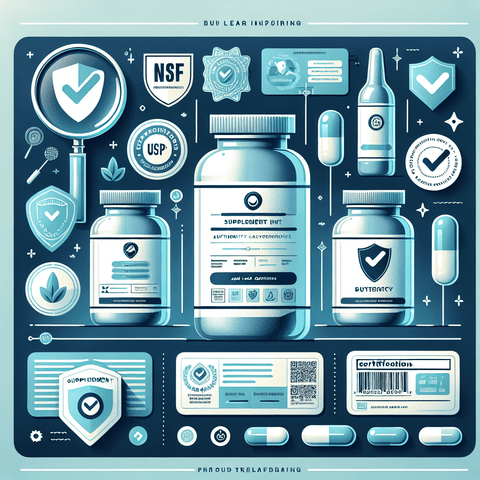Decoding supplement label claims starts with understanding what “supplement label claims” are trying to convey. Labels typically present an ingredient list, a serving size, and the amount of each component per serving, along with any stated purposes or cautions. The goal is to help readers separate marketing language from verifiable information so you can compare products more effectively. By focusing on exact wording and the way information is organized on the label, you can move past hype and toward a clearer understanding of what a product contains. Begin with the ingredient panel. Look for the active components and their amounts per serving, not just the total product weight. Watch out for proprietary blends that group several ingredients under one line with a shared total; these often hide exact quantities. Also note any fillers, binders, or additives, and consider how they might affect your preferences or sensitivities. The supplement label claims should align with the ingredients listed, so discrepancies between what the label claims and what the panel shows deserve closer scrutiny. Next, study the dosage guidance and safety notes. The label will indicate how much to take per serving and how often to use the product, as well as any cautions or warnings. Read safety notes carefully, including any contraindications or situations in which use is discouraged. If you have questions about how a product fits into your situation or how it might interact with other products, seek guidance from a qualified professional. Third-party testing seals and certifications can also inform your evaluation of label claims, offering an independent check on accuracy and quality. To decide smartly, develop a quick checklist focused on supplement label claims: serving size, per-serving amounts of active ingredients, presence and transparency of proprietary blends, expiration date, and third-party verifications. Verify the information by comparing multiple products side by side, and don’t hesitate to contact the manufacturer for clarification about ingredient sources and exact quantities. With this approach, you can cut through marketing talk and make more informed, safer choices based on what the label actually shows.


